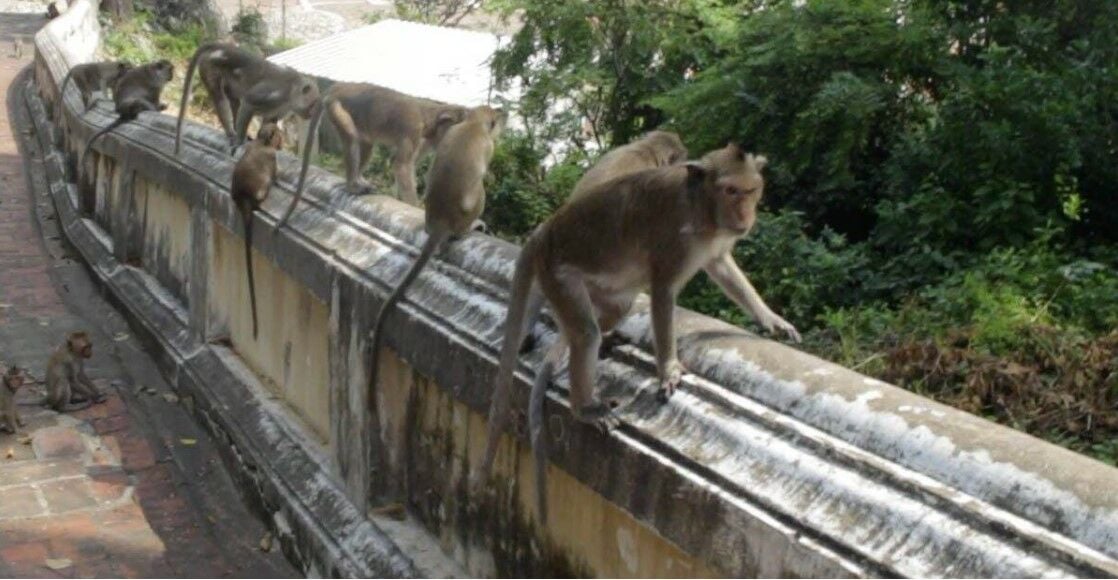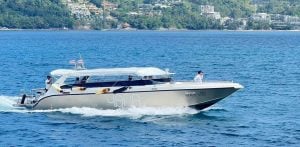Escalating monkey population in Phetchaburi prompts collaborative resolution

The escalating monkey population in Phetchaburi has led to a collaboration between the National Parks, Wildlife and Plant Conservation Department (DNP) and residents to address the issue.
Edwin Week, secretary of the Wildlife Friends Foundation, Suraphon Nakhon Nakhon, President of Phetchaburi Future Organization, and a veterinarian from the DNP, along with monks and locals affected by the problem, gathered for a public seminar titled Whose Problem is the Monkey Overpopulation?
Yutthaphon Angkinanun, the former advisor to the Ministry of Natural Resources and Environment and Chairman of Phetchaburi Civil Society Network, revealed that the increasing monkey population has been causing distress for residents in many areas, including key tourist spots and neighbourhoods around Wang Mountain, Luang Mountain, and Brick Staircase Mountain.
The monkeys have shifted their habitats down to the shops, and commercial buildings in front of Wang Mountain, damaging properties, and roofs, and demonstrating aggressive behaviour such as injuring locals and tourists, and snatching food and belongings. Some have suffered serious injuries, leading to numerous complaints to related agencies. Some shop owners have been forced to relocate their businesses while locals, including students, have been subjected to food theft and physical harm.
To alleviate the situation, the community, affected individuals, and relevant agencies have decided to gradually relocate the monkeys. They will be temporarily moved to a cage located at the Huai Sai Wildlife Breeding Center in Cha-am District, Phetchaburi Province, which covers an area of over 7,000 square metres. This initiative aims to reduce the distress suffered by residents and tourists, reported KhaoSod.
Atthaphon Charoenchansa, acting on behalf of the DNP’s director-general, mentioned that the Wildlife Friends Foundation is currently constructing a nearly completed monkey cage, which will be decorated with artificial trees for the monkeys to climb and seek shelter from sun and rain.
There will also be ropes for the monkeys to swing on and a large water body for them to play in. This setup is intended to keep the monkeys stress-free. Additional clams, a part of the monkeys’ diet, will be introduced.
The cage environment is being designed to mimic the natural habitat as much as possible, and the behaviour of the monkeys will be monitored to adjust the area accordingly. This temporary shelter is expected to provide the monkeys with the most natural living conditions possible.
Latest Thailand News
Follow The Thaiger on Google News:


























